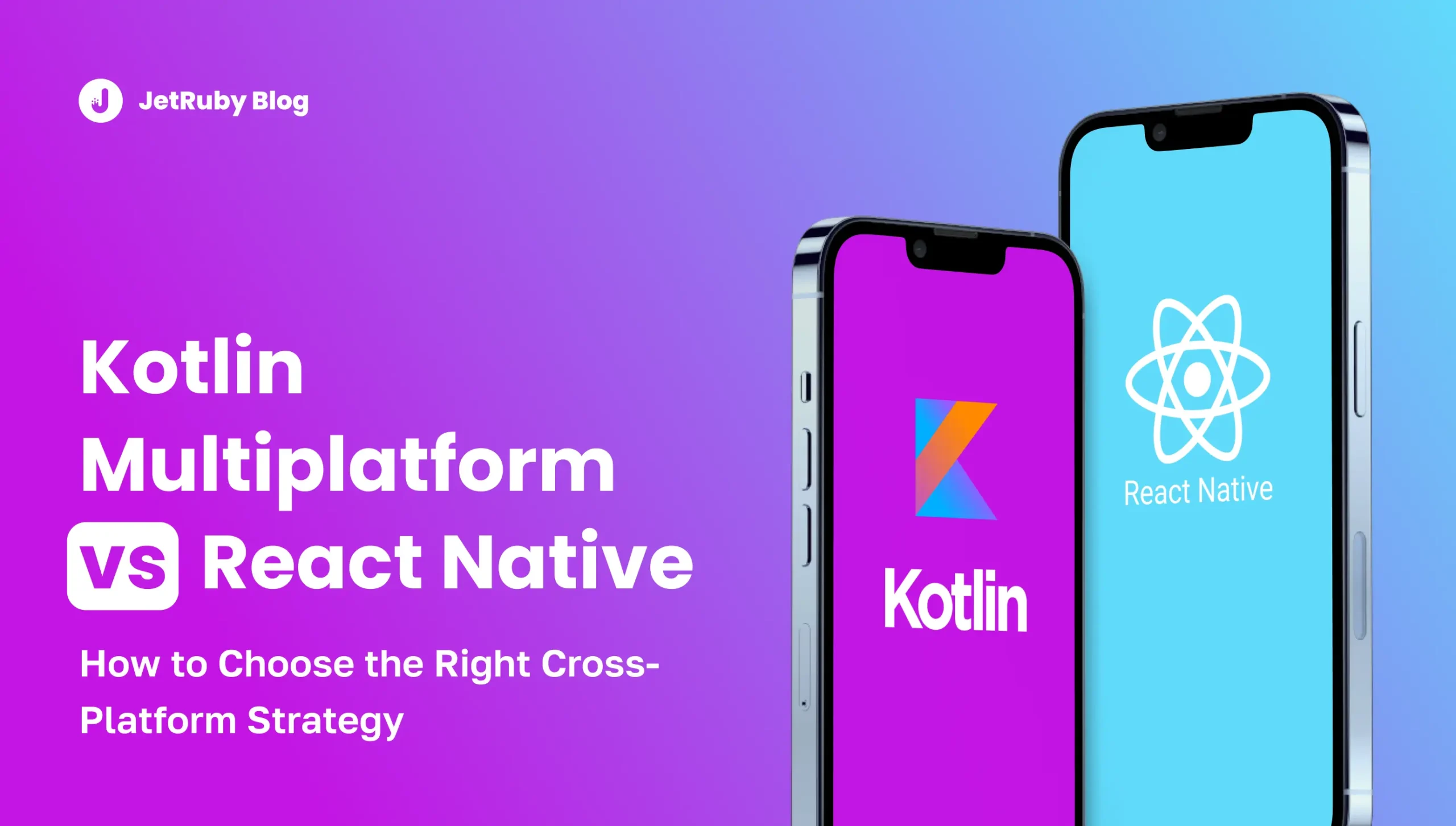Table of Contents
Rails 8.1 is here, and while it’s not a revolutionary update, it brings several improvements that make building and maintaining Rails apps smoother, faster, and more reliable. Let’s take a look at what’s new and why these updates matter for real-world development.
A Smarter Way to Handle Long Jobs
One of the biggest changes in Rails 8.1 is the introduction of continuable jobs.
If your app runs background tasks like importing data, processing large files, or syncing records, you’ll love this feature.
With the new ActiveJob::Continuable, you can split a long-running job into smaller steps and resume exactly where it left off if something goes wrong or the server restarts. No more starting from zero after a failure.
This means faster recovery, less wasted time, and more reliable job processing, especially in production environments where interruptions are common.
Structured Events: A Better Way to Log and Monitor
Rails now includes a new API for structured event logging called Rails.event.
nstead of scattered log messages, you can emit clear, structured events like this:
Rails.event.notify(“user.signup”, user_id: 123, email: “user@example.com”)
You can even add context or tags to group related events.
This change might sound small, but it’s a big win for observability. Structured logs make it much easier to track user actions, monitor app behavior, and integrate with tools like Datadog or Honeybadger. It’s the foundation for better insights and debugging.
Native Markdown Support
Rails 8.1 now supports rendering Markdown directly in your views.
If your app includes blogs, docs, or any kind of content written in Markdown, you no longer need external gems like Redcarpet or Kramdown. This reduces dependencies and simplifies your stack.
Built-in CI Configuration
Another cool addition is the new CI DSL.
You can now define your Continuous Integration workflow directly in config/ci.rb:
CI.run do
step “Setup”, “bin/setup”
step “Tests”, “bin/rails test”
step “Lint”, “bin/rubocop”
end
Then just run everything with bin/ci.
This makes your build pipeline more transparent and keeps CI steps consistent across different Rails apps. No more messy shell scripts or guesswork—everything lives right in your repo.
Deprecating Old Associations, Gracefully
If you’ve ever tried to remove an old Active Record association and broke something unexpectedly, this one’s for you.
Rails 8.1 lets you mark associations as deprecated:
has_many :posts, deprecated: true
When someone uses it, Rails warns you. That means you can phase out old relationships step by step, without breaking the app. It’s a small but very practical change for large or long-lived projects.
Upgrade Notes
If you’re upgrading from Rails 8.0, the transition should be smooth, but there are a few things to check:
- Rails 8.1 requires Ruby 3.2 or newer.
- Some older APIs and constants have been removed or deprecated.
- A few Active Record options (like some MySQL and SQLite behaviors) are gone.
- As always—run your test suite, watch for deprecation warnings, and make sure your gems are updated.
Why It Matters for Teams
At JetRuby, we build and maintain complex Rails systems, so these updates hit close to home.
- Continuable jobs mean more reliable background processing—critical for data-heavy apps.
- Structured events make monitoring and debugging easier across distributed systems.
- Built-in CI reduces friction between teams and keeps processes consistent.
- Deprecation tools make gradual refactoring safer and easier.
All together, Rails 8.1 helps developers focus less on plumbing and more on building value.
Final Thoughts
Rails 8.1 is about refinement. It makes your jobs more resilient, your logs more structured, your content easier to render, and your pipelines simpler to manage.
If you haven’t yet, start testing the upgrade on a staging environment. Fix deprecations early, explore the new APIs, and you’ll be well prepared to enjoy everything Rails 8.1 offers.
Rails keeps evolving in the best possible way—by making developers’ lives easier without breaking what already works.
What This Means for JetRuby and Our Clients
Each of these improvements directly supports how JetRuby delivers software:
- Faster development cycles — thanks to built-in CI workflows and simplified configuration.
- Higher reliability — through resumable jobs and better error recovery.
- Improved visibility — via structured logs and richer observability.
- Easier maintenance — with native Markdown rendering and deprecation tracking.
- Lower operational risk — because we can safely upgrade and refactor large systems step by step.
Ultimately, Rails 8.1 helps us write cleaner, more maintainable code — and that translates into shorter delivery times, fewer regressions, and stronger performance for every client project.
Looking Ahead
At JetRuby, we’ve already started integrating Rails 8.1 features into our new applications and selectively backporting improvements to existing ones. Our internal CI pipelines, observability stack, and job systems are evolving alongside this release.
Rails continues to prove why it’s the backbone of modern web development — it grows with the ecosystem without losing its elegance and productivity. And with Rails 8.1, we’re better equipped than ever to build stable, high-performing systems for startups and enterprises alike.



